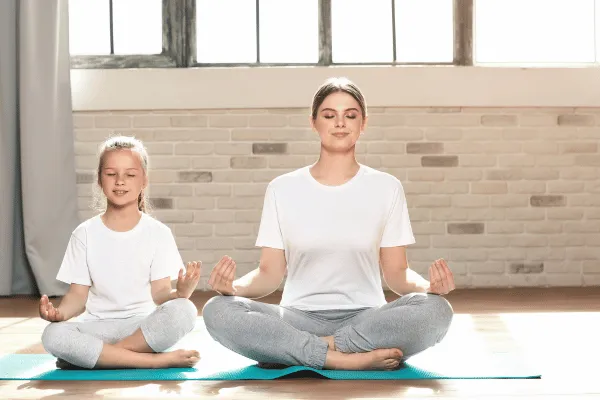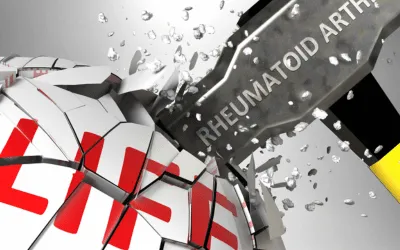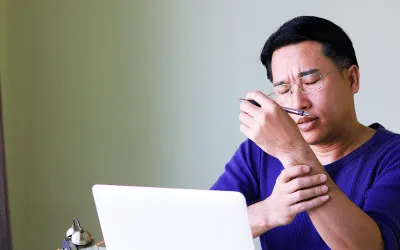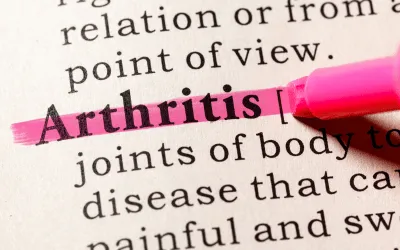About Arthritis
As the nation’s #1 cause of disability, arthritis affects nearly 60 million adults and 300,000 children. Over 100 types of arthritis and related conditions damage the joints and often other organs.
How can we assist you?
Helpful Tools for You

Exploring Complementary Approaches for Managing Juvenile Arthritis
When your child experiences discomfort or when medications seem slow to act, it's natural to explore alternative avenues. Many parents—around 75%—look into complementary and alternative medicine therapies (CAM) to alleviate their child's arthritis symptoms. While not part of the standard medical regimen, these therapies might complement or even relieve some side effects of conventional treatments.
Understanding Complementary vs. Alternative Therapies:
Complementary therapies enhance standard treatments. For instance, acupuncture might aid in managing side effects like nausea or fatigue resulting from cancer treatments.
Alternative therapies can sometimes be a substitute for typical treatments. However, if you're considering CAM, it's crucial to use it in conjunction with, and not as a replacement for, treatments prescribed by your child's doctor.
While there's evidence that some CAM treatments relieve symptoms, they typically don't change the disease's progression. It's essential to research and understand these treatments' risks, benefits, and scientific evidence before discussing them with your child’s doctor.
Popular CAM therapies for Juvenile Arthritis include:
Exercise: Regular physical activity has proven benefits for kids with arthritis, improving pain management, muscle strength, and overall quality of life.
Yoga: Combining stretching, strength exercises, and mindfulness, yoga has been shown to benefit adults with rheumatoid arthritis, with some suggesting potential benefits for juvenile arthritis.
Massage: Limited studies hint at potential pain relief and other benefits for children with arthritis through massage therapy.
Acupuncture: There are numerous studies suggesting that acupuncture can alleviate severe pain for some patients, even though specific research on children is inconclusive.
Foods and Supplements: Blueberries, turmeric, and fish oil have shown potential benefits, but always consult with a doctor before introducing new supplements.
Elimination Diets: Some believe certain foods exacerbate arthritis symptoms. However, most evidence doesn't support eliminating specific foods, except in rare cases like gluten intolerance.
Cognitive Behavioral Therapy (CBT): CBT helps change negative thinking and behavior patterns. Preliminary research indicates it could benefit children with arthritis in managing pain and improving overall mood.
CBD: Extracted from the cannabis plant, CBD has anti-inflammatory properties and might assist with pain relief and anxiety reduction. It's essential to be cautious and informed when considering CBD for your child.
In all cases, prioritizing your child's safety and working closely with healthcare professionals ensures the best approach to managing juvenile arthritis.
Effects of Arthritis

Cause of Disability
In the United States, 23% of all adults, or more than 54 million people, have arthritis. It is a leading cause of work disability, with annual costs for medical care and lost earnings of $303.5 billion.

Workforce Effects
Sixty percent of US adults with arthritis are of working age (18 to 64 years). Arthritis can limit the type of work they are able to do or keep them from working at all.

Global Impact
In fact, 8 million working-age adults report that their ability to work is limited because of their arthritis. For example, they may have a hard time climbing stairs or walking from a parking deck to their workplace.
Promoting Interventions That Reduce Arthritis Pain
American Arthritis Foundation recognizes several proven approaches to reduce arthritis symptoms:
Be active. Physical activity—such as walking, bicycling, and swimming—decreases arthritis pain and improves function, mood, and quality of life. Adults with arthritis should move more and sit less throughout the day. Getting at least 150 minutes of moderate-intensity physical activity each week is recommended.
Protect your joints. People can help prevent osteoarthritis by avoiding activities that are more likely to cause joint injuries.
Talk with a doctor. Recommendations from health care providers can motivate people to be physically active and join a self-management education program. Should your arthritis be interfering with your activities of daily living you may be a candidate to receive many new treatments, and learn how to reverse the arthritis condition.


